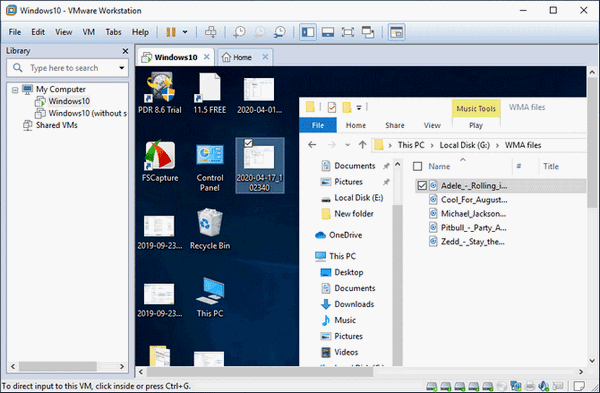

Troubleshooting "mount: special device /dev/loop5p1 does not exist" # mv /etc/X11//10-monitor /etc/X11//10-monitor.bakīecause the hardware has changed, while you are still in the chroot, re-generate the initramfs image and do a proper shutdown:įinally, pull out the LiveCD (the ISO file), so that you do not boot back into it, and start the virtual machine. So it is recommended that you move/rename or delete the following:

Having an nvidia, nouveau, radeon, intel, etc., entry in the Device section from one of the Xorg configuration files will prevent it from starting, since you will be using emulated hardware (including the video card). dev/sda1 / ext4 defaults,noatime 0 1 Disable any Xorg-related files etc/fstab tmpfs /tmp tmpfs nodev,nosuid 0 0 For now, /dev/sda1 for your entire system is just fine. You may use the UUID or label if you want, but those are more useful in multi-drive, multi-partition configurations (to avoid confusions). Since your entire root tree has been transferred to a single partition, edit the fstab file.

(Discuss in Talk:Moving an existing install into (or out of) a virtual machine) Reason: Ext2Fsd 0.66 does not support extended attributes and ACL.


 0 kommentar(er)
0 kommentar(er)
